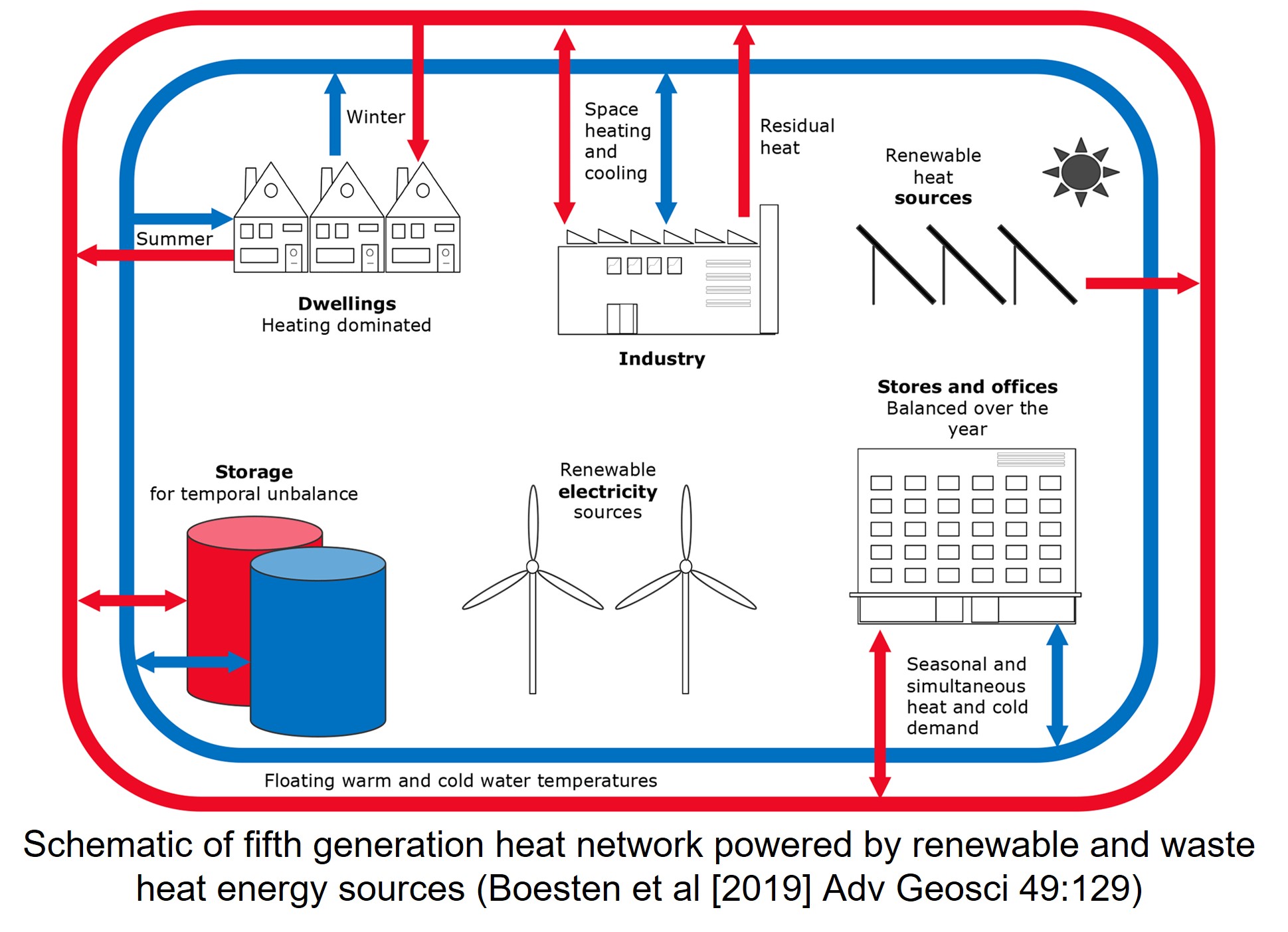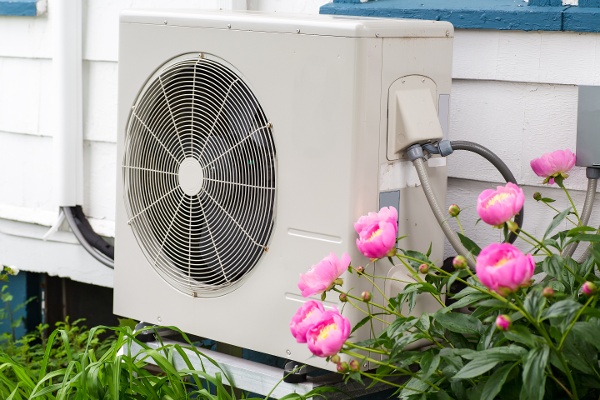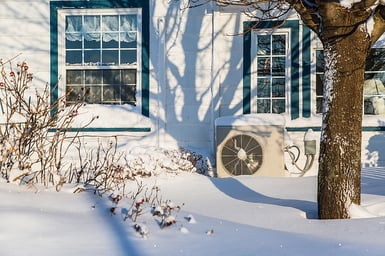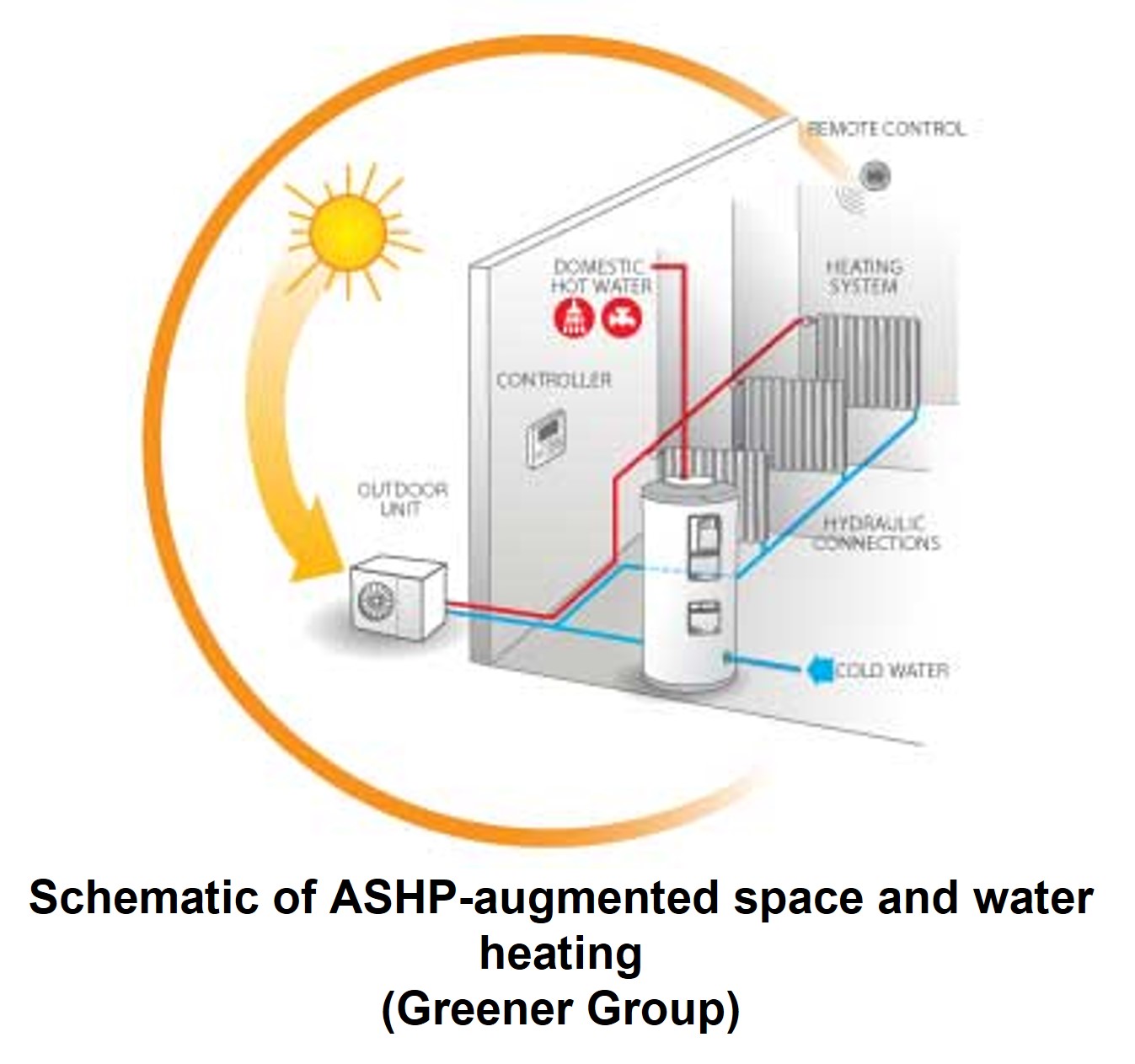
There are many innovations transforming building services driven mainly by the huge challenge of achieving Net Zero targets. In a series of articles, we look at these...

In this blog, I consider the pros and cons of heat pumps: where they work well and where they are best avoided. I won't be going into a lot of detail about what a heat pump is other than to say it is a device that moves heat from one location to another by using a small amount of power - your freezer is a heat pump. I am focusing on heat pumps to heat your home. For a more detailed explanation click here.
Heat pumps have been billed as an environmental technology, but this is not always strictly true as they use power to function. As with all powered devices, its eco credentials depend on where and how that power is generated. The government encourages the use of heat pumps in domestic homes via the Renewable Heat Incentive (RHI) grants. They centralise power requirements (as opposed to using lots of local boilers), and as the national grid de-carbonises so heat pumps will become progressively more ‘green’.
So do heat pumps work and are they suitable for your property? Here is my test for whether to install a heat pump:
If so, it is almost certainly going to be cheaper to use it. The Energy Saving Trust did a field trial named ‘The Heat is On’ and found that the average COP (coefficient of performance) of ASHP (air source heat pumps) was 2.45. The COP of GSHP (ground source heat pumps) was 2.82.

COP is a measure of the efficiency of the heat pump and is calculated by offsetting the amount of electrical energy put in against the amount of heat energy gained. For example, if your heat pump used 1kW of electricity and supplied 3kW of heat it would have a COP of 3. Roughly, UK gas prices are 4.7p/kWh and electricity is 14.5p/kWh, which would suggest that you need a COP of better than 3.1 to benefit financially from a heat pump.
As a guide, this is taken to mean all houses built prior to 2006. These generally have poor insulation and air-tightness. This is important as heat pumps work more efficiently at lower output temperatures than conventional boilers. So to get the same amount of heat into a given room, a boiler uses water in a radiator at ~70°C.
A heat pump running with an output at 40°C would need a much larger emitter area, to provide the same amount of heat energy to the room - typically using UFH (underfloor heating) or an oversized radiator. However, it is important to calculate each rooms’ heat loss when the winter temperature is -5°C outside. In poorly insulated buildings a heat pump may not be able to provide the required heat efficiently, and other heating systems should be considered.
Do you have (or are building) a highly insulated, air tight, low energy building? If so, there are different issues to consider when looking at heat pumps. These buildings typically use three times as much energy in generating hot water than space heating. ASHP and GSHP are not efficient at producing hot water as their outputs have to be at a higher temperature for this. There are much better options available.
The second reason is that low energy houses need a very responsive heating system (which means one with a low thermal mass). These houses typically need a very small amount of energy to heat a room. Often the sun coming out or several people walking into the room is enough to heat them, and sometimes overheat them. Consequently we advocate much more responsive heating (like direct electrical) with intelligent occupancy and temperature controls. Not only will this be significantly cheaper to install but it also has much lower running costs for a typical family home.

So this begs the question - when do we specify heat pumps? Generally, we recommend heat pumps in buildings that are off the gas network, that are of traditional build but have upgraded building fabric so they can be heated in mid winter with a large UFH system. The government RHI grant makes the heat pump competitive when compared to oil which is the main competitor for these properties - and of course there is no need to take fuel deliveries!
If you are considering using a heat pump for space heating in your home, ensure that it has been properly specified. Room by room heat loss calculations (using figures from SAP) will give you the information you need to decide if a heat pump is the right technology for you. When specifying, consider both capital costs of a system (cost price + installation) as well as running costs before making a final decision.
I can’t finish this blog without mentioning air-to-air heat pumps. These are similar to air conditioning units and can heat the house in winter and cool it in summer. They are very popular around the world and are used in commercial buildings but are not common in domestic buildings. These don't benefit from RHI grants but are an option if air conditioning is being considered in a building.
Find out more about heating a low energy home here.

There are many innovations transforming building services driven mainly by the huge challenge of achieving Net Zero targets. In a series of articles, we look at these...

Air-source heat pumps (ASHPs) are widely promoted as a source of low-cost, low-carbon space and water heating. However, a model of ASHP-powered heating in London shows...